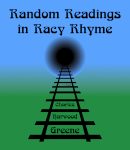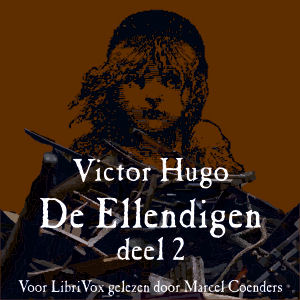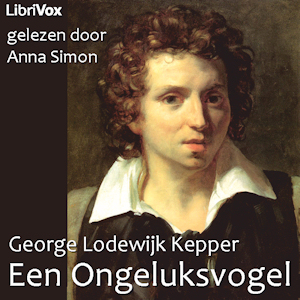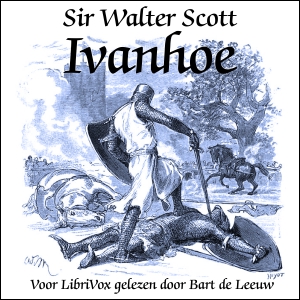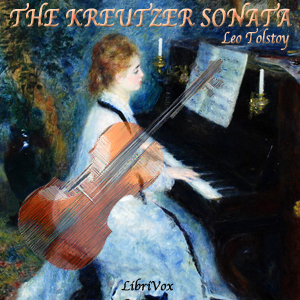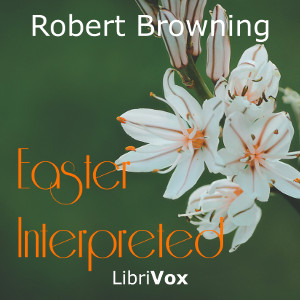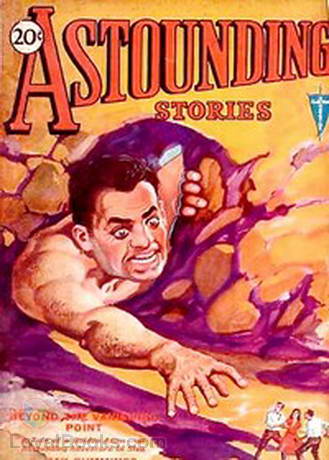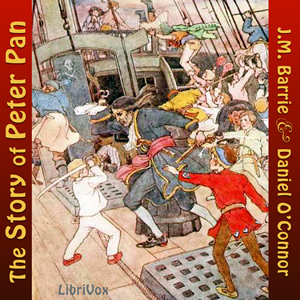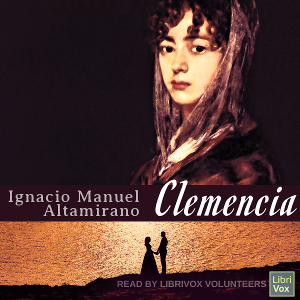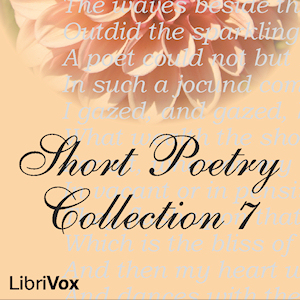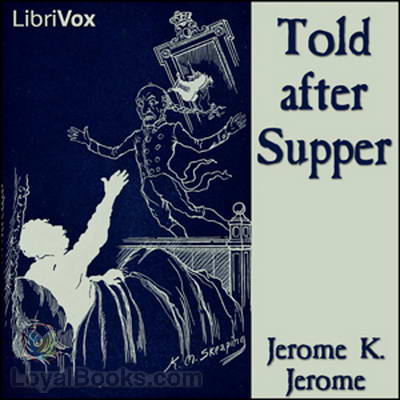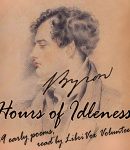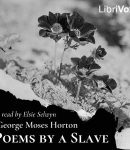Sonnet sequences, which these poems by Sidney made very popular in the Elizabethan age, reflected the Medieval motif of courtly love, whereby a wretched lover courts an unavailable woman, typically married already and faithful to her vows. The poet, although unsuccessful, is a slave to her beauty and virtue, which, by pulling in opposite directions, hold him in an agonizing tension that prolongs the sequence. Sidney wrestles creatively, though, with the restrictions of the ancient conventions. The first line of the first poem declares him an iconoclast, for he defies the very definition of a sonnet by using iambic hexameter. This opening poem, therefore, is no sonnet, and besides, it portrays the beloved as (at least initially) a sadist, an extreme exaggeration of the typical beloved’s aloofness. The following poems fall more or less into line with the conventions, the speaker’s adoration displayed against a background of the reproaches, self-contempt, self-pity, and indignation that the lady’s behavior inspires. Moderns find Sidney’s language difficult partly because its antiquity has rendered many words obsolete, partly because word order is (doubtless deliberately) tortured, but also possibly because of the Italian vogue for asprezza ‘roughness.’ In addition, many of the poet’s allusions puzzle modern readers. In the Elizabethan age, readers shared with writers a common heritage of lore that they enjoyed using almost like a code: Rather than saying simply “Plato,” Sidney writes, “The wisest scholar of the wight most wise by Phoebus’ doom,” referring to Socrates, whom a god’s oracle had declared the […]
